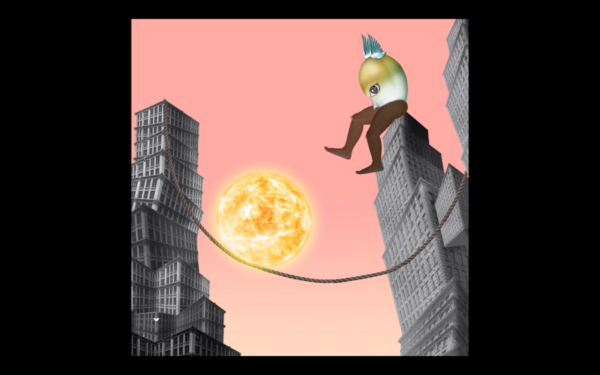Three Questions About Contemporary Visual Elements
Three Questions on Contemporary Visual Elements
On one hand, the merging and fusion between different artistic genres as well as the ventures of transcending preset borders between genres of visual creativity are undoubtedly on the rise, unraveling striking results. On the other hand, some artists are determined to explore the interrelation between the different fields of art so as to open the door for unchaining these uncategorized and uncontained fields, making them approachable for all. However, there are critical voices that hold a defensive ground with regards to the autonomous identity of each artistic field and medium, slashing the increased hybridization, borrowing of means of expression and rhetoric. Nevertheless, defending and monopolizing artistic expression, entitling and considering it the sole property of a given field are no longer accepted or valid.
Common grounds may be the most practical way for perceiving how different mechanisms and practices that are seemingly different could meet and fuse into a single work of art. As for our subject of question, I believe that the ‘flat surface’ is an open medium for work or display; a medium shared by photographers, painters, sculptors and video producers in spite of the diverse media, the different policies of work formation, and the nature of the presented material.
The first question that occupies me whenever I contemplate the borrowing processes of figures production mechanisms is if there is a need to do so in the first place. Should an artist exploit the potentials of his field first before borrowing form other fields? Or should they reconsider the means by which a work is formed in order to contain migrant elements? Here, I will stop at something that I have noticed in many video works: resorting to stop or slow motion techniques, allowing the artist either to organize its elements according to the stop motion dynamics or to emphasize color and texture. Moreover, resorting to borrowing methods used by painters such as dotting, scraping, lining, spacing and lighting; or scene formation through using overlapping levels in which we view reality from the camera’s viewpoint, simultaneously following spaces borrowed entirely from photography and painting methods were paintings move or intersect with what we see.
The second question is how? And here I will go back to the video screen, and how video artists, for example, resort to the painting legacy just like our predecessors had been attempting to add the coloring element to sculpture. Thus, contemplating the factors that justifies using color as an element in sculpture. Posing more complicated questions, videographers realize that the potentials of movement, montage, sound, repetition, and changing of angles are enough to form a work within its own domain and language. Does seeking a momentary effect lead to adding more visually thrilling elements? Is an artist required to add elements from painting to their motion picture indirectly? Or directly in an open and interactive manner?
My last question is related to our contemporary view of contemplating the flowing intersecting visual scene and the multiple media of image production. Are we witnessing new visual elements that are yet to be revealed? Have visual aesthetics become mutually dependent on extremely fast sequential shots, leaving the viewer chasing after scenes? Does the consecutive erasure of scenes result in a more poignant memory? Or will the multiple stimulants and details beyond the capacity of the eyes to catch create a fresh way of viewing? What is the impact of these new elements on contemporary mind and conscience?
Adel el Siwy
Cairo, January, 2017








